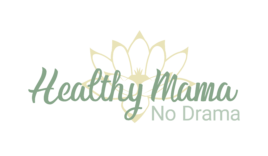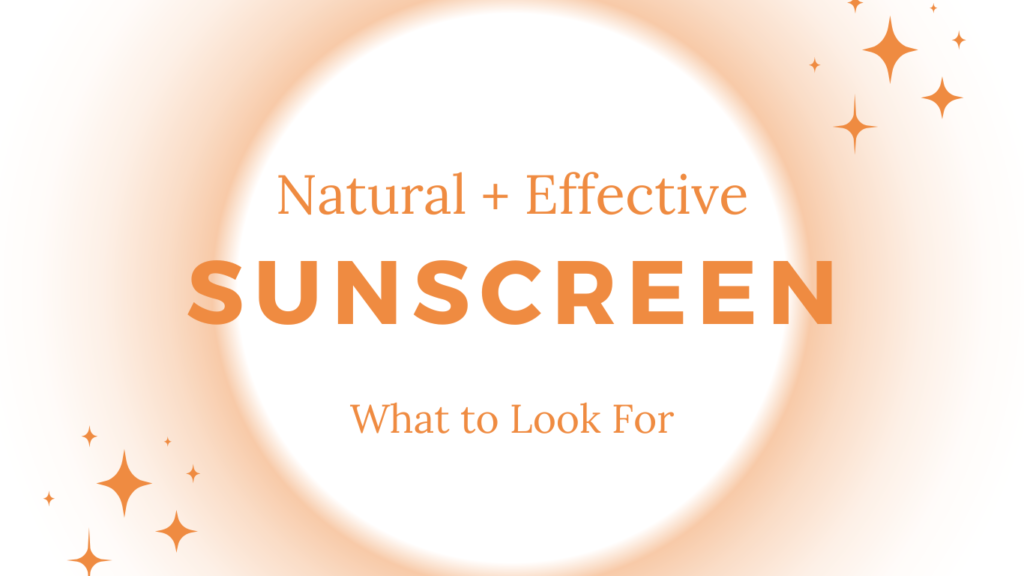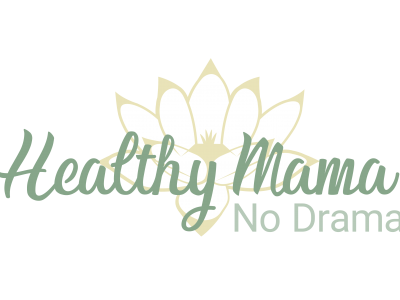It’s not a secret that sunscreen is an important and powerful way to protect your skin. Yet, a lot of the sunscreen products on the market are filled with toxins that get into your bloodstream and then have a hard time leaving. Other sunscreens market themselves as being clean while they still have some key no-no ingredients in them…or they just don’t work very well. So, how do you find a sunscreen that will truly protect your skin while also having safe ingredients? Keep reading!
Chemical vs Mineral sunscreen
Which is better? Here’s a quick run-down on the key differences between the two.
Chemical
- designed to absorb UV rays
- usually require 20 mins for ingredients to be effective
- can generate free radicals or introduce toxins into your bloodstream (including hormone disruptors)
Mineral
- designed to reflect UV rays
- effective immediately
- non-nano zinc oxide can’t be absorbed into bloodstream
Conclusion?
You want a mineral sunscreen, powered by non-nano zinc oxide. This will give you the safest and most effective protection.
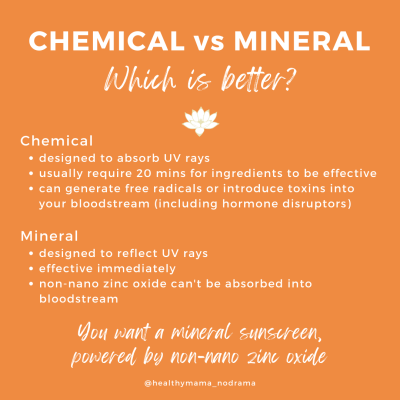
What to look for
The below ingredients are important to avoid because they have links to disrupting the endocrine system, including hormone regulation.
In fact, research has shown that some of these toxic ingredients have even been found in breast milk, urine, and blood plasma samples. We have to protect our babies and kids from toxic load.
In 2021, the FDA concluded that there are only two active ingredients safe to be used in sunscreen: titanium dioxide and zinc dioxide. Taking it a step further, I would like to propose that you look for a sunscreen that specifically has an active ingredient called non-nano zinc dioxide. The non-nano is important because it means the particle size is bigger, so it cannot be absorbed into the bloodstream.
So, here are the key things to look for in your sunscreen:
- Active ingredient: non-nano zinc dioxide
- SPF (daily use – SPF 15, exposure 15+ mins – SPF 30+)
- Broad spectrum

13 no-no sunscreen ingredients
- avobenzone
- cinoxate
- dioxybenzone
- ensulizole
- homosalate
- meradimate
- octinoxate
- octisalate
- octocrylene
- oxybenzone
- padimate o
- sulisobenzone
- fragrance (red flag – chemicals adding artificial fragrance)
- anything ending in -paraben
- anything ending in -phthalate
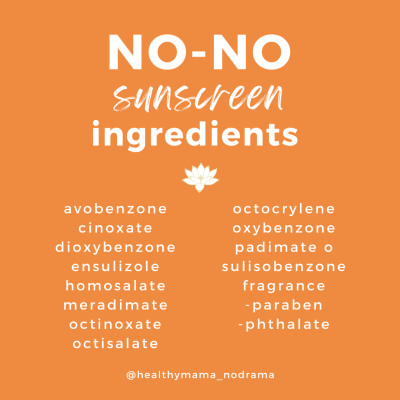
The best sunscreen I've found
If you’re like me, you’ve searched high and low for an effective but also safe sunscreen. And maybe, like me, you’ve had a hard time finding something that meets those qualifications. I’ve used a few natural sunscreens but found they either didn’t apply very easily or still had a few questionable ingredients in them.
Well, look no further! I was waiting and waiting for dōTERRA to offer sun protection products. I knew that if they ever did, they’d be incredible AND completely safe because of the amount of research and quality control they put into everything. Well, they finally released a line of sun protection products and, let me tell you, I’ve been blown away. Hands down, they’re the best I’ve ever seen, they work incredibly well, and they smell amazing too.
Check each of the products out here, or use my link to get your own along with a special discount here.
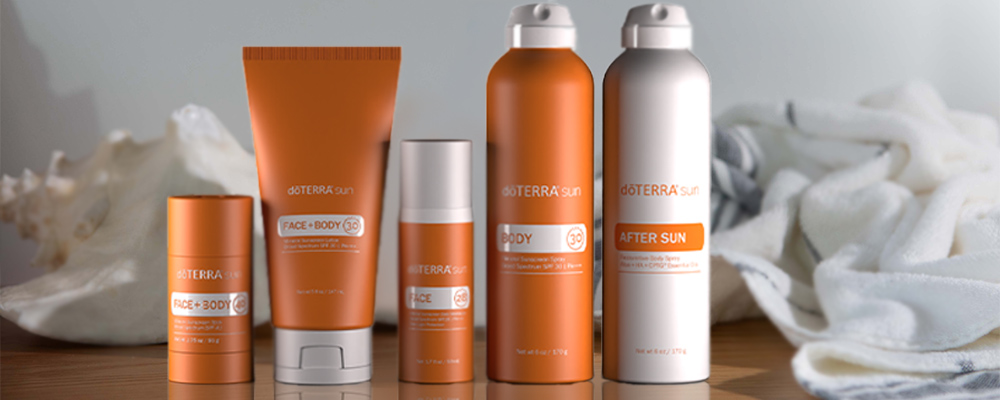
Related posts:
- Toxins in Personal Care Products 101 We all use personal care products on a daily basis, even those who consider themselves low maintenance. But, are your products helping or hurting? And how do you know?...
- Triple Antibiotic Ointments: Do the Benefits Outweigh the Risks? What is your first line of defense for cuts and scrapes? If it's an antibiotic ointment, you may want to reconsider....
- My daily routine for healthy skin Youthful, healthy skin is something I think we all desire, but many don’t know how to achieve it. As we get older, our skin begins to show signs of aging...
- Why you should rethink using hand sanitizer Even with the most effective of hand sanitizers, you need to seriously consider if they're worth the risk. Why? There are two primary reasons: harmful ingredients and unintended consequences....
